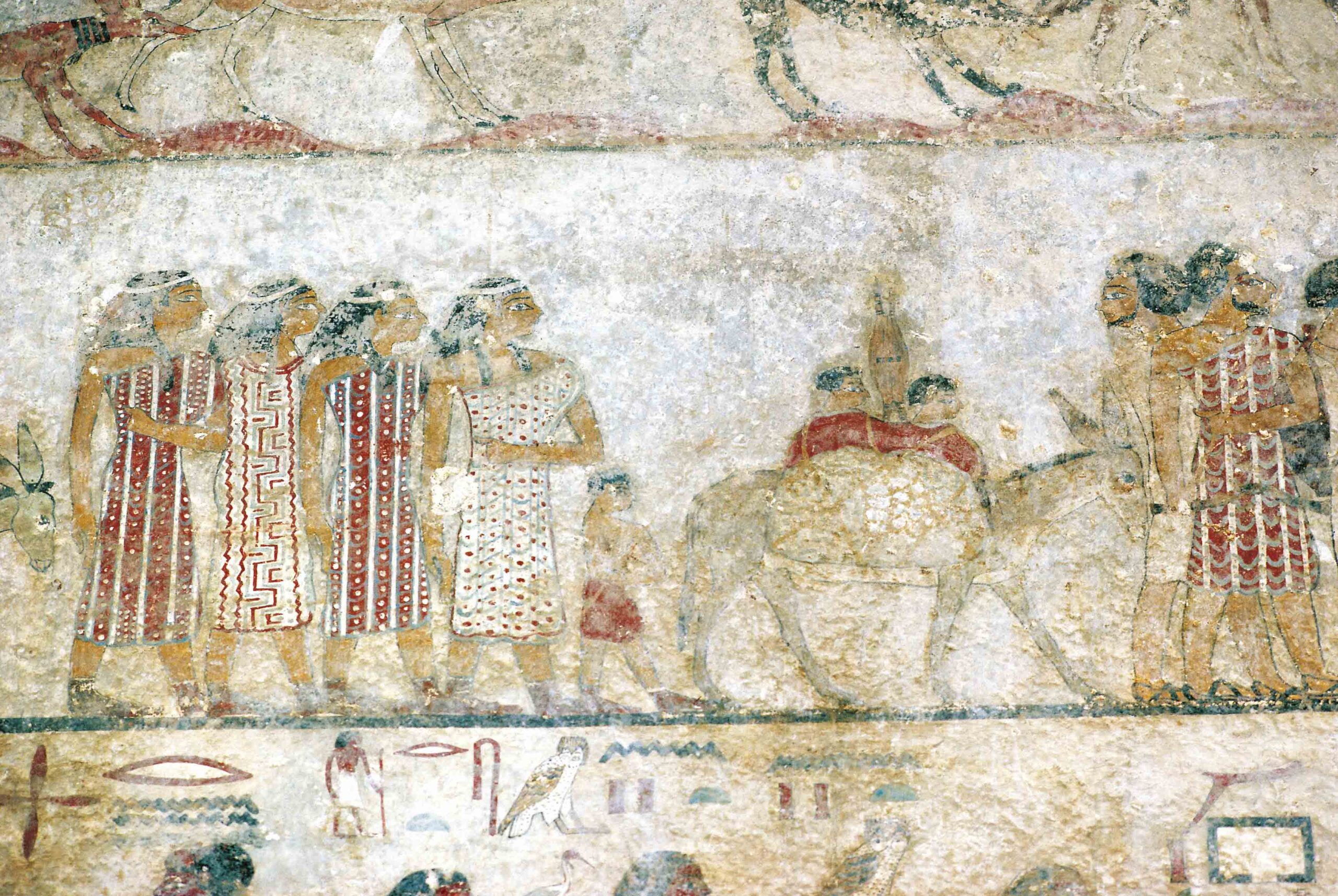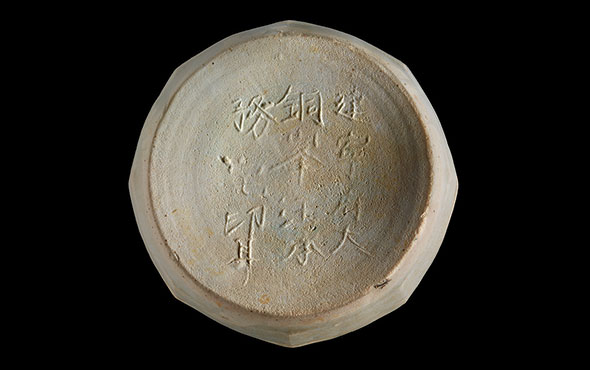
JAPAN

JAPAN: Radiocarbon dating of peach pits from the site of Makimuku in Sakurai has added to speculation that the legendary lost kingdom of Yamataikoku may have been located there. The peaches were ritually buried sometime between A.D. 135 and 230 near a large ancient building, alongside other artifacts. Yamataikoku, which flourished under Queen Himiko in the 2nd and 3rd centuries A.D., is mentioned only in ancient Chinese texts. Scholars have long debated its whereabouts, and Nara Prefecture, where Makimuku is sited, has been considered one possible location.

AUSTRALIA

AUSTRALIA: Twenty thousand years ago at a campfire in western Australia, it appears that kangaroo was on the menu. Bones from the marsupial were found alongside a thick layer of ash with hundreds of ancient artifacts, including small stone chips from the tools that were perhaps used to carve the meat. The scene was uncovered by archaeologists inside a cave in Pilbara’s Hamersley Range that was used by aboriginal humans during the last ice age and is one of the oldest known sites in the region.
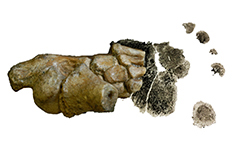
ETHIOPIA

ETHIOPIA: A 3.32-million-year-old child’s foot from Dikika suggests that Australopithecus afarensis children were surprisingly good climbers. Although the female toddler could walk upright, her foot’s skeletal structure indicates that she retained some ape-like traits, such as the ability to grasp objects with her feet. This would have helped A. afarensis children cling to their mothers or climb trees, especially when confronting danger. These features are not found in the species’ adult skeletons, implying that as individuals grew up and spent more time upright, their bodies changed.
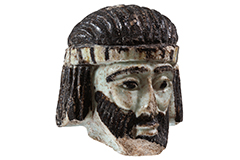
ISRAEL

ISRAEL: A small faience head from Abel Beth Maacah in northern Israel may represent a king who lived during the 9th century B.C. The sculpture, which sports a manicured beard, wavy tresses, and a painted black and yellow headband, was likely part of a figurine that would have stood about 8 to 10 inches tall. Its high degree of artistry is leading experts to believe it may depict King Ahab of Israel, King Hazael of Aram- Damascus, or King Ethbaal of Tyre, three rulers known from the Bible.
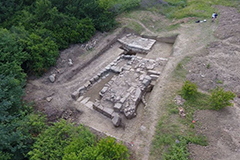
ALBANIA

ALBANIA: Archaeologists confirmed that an area outside of Shkoder, long-believed to be a naturally occurring rock formation, is actually the ruined remnants of an ancient city. The massive walls, measuring 10 feet wide, were constructed between the 4th and 1st centuries B.C. and likely belonged to the lost Illyrian city of Bassania. The Roman historian Livy recorded that Bassania was the scene of intense fighting between Roman soldiers and the last Illyrian king, Gentius, in the 2nd century B.C.

GERMANY

GERMANY: Using advanced imaging technology and ballistics testing, researchers have been able to gain new insight into Neanderthal hunting techniques. The investigation focused on two perforated fallow deer bones, a pelvis and a vertebra, found at the 120,000-year-old site of Neumark-Nord. The results demonstrated that the man-made circular holes were actually caused by close-range thrusting spears, rather than by hurled projectiles. This suggests that Neanderthals were capable of devising sophisticated hunting strategies that allowed them to get up close to their prey.
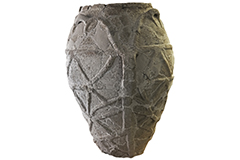
ITALY

ITALY: Today, olive oil is one of the staples of Italian cuisine and it apparently has been for a long time. Chemical analysis of organic residues in ceramic vases found at the Early Bronze Age settlement of Castelluccio in Sicily has revealed that at least three of the jars once held the versatile liquid. The pottery dates to the end of the 3rd millennium B.C., which proves that some ancient Italians were producing olive oil almost 700 years earlier than was previously thought.
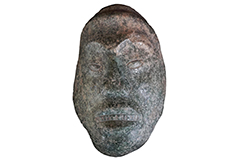
GUATEMALA

GUATEMALA: Maya rituals may have literally been weighty affairs for high-ranking rulers. During these festivities, elite officials adorned themselves with an assortment of jade pendants, mostly worn on the ears or around the neck. Heavier ones, such as a 5-pound carved head from Ucanal, were likely attached to a belt, and would have made customary ritual dancing quite cumbersome. It is theorized that the weight of the assembled stones, which may have totaled as much as 25 pounds, symbolized a leader’s prestige and responsibilities.

ALABAMA

ALABAMA: A carved limestone “medicine tube,” originally discovered in the 1930s along the Flint River, presents the earliest evidence of tobacco use in North America. Recent chemical analysis of the 3,500-year-old pipe detected nicotine, the principal biomarker of tobacco. Tobacco plants were first domesticated in South America and their introduction to North American native communities was not believed to have occurred until around 2,000 to 3,000 years ago. This new finding indicates that tobacco use was well established before then in what is now the southeastern United States.

MONTANA

MONTANA: Retesting of the only known Clovis period burial has finally resolved a long-standing issue. When the Anzick site was uncovered in 1968, it was found to contain a child’s skeleton as well as antler and stone artifacts. Radiocarbon dating initially indicated that the human bones and the antlers were different ages, causing confusion. Now, a new method of dating that isolated and analyzed specific amino acids has concluded that the Clovis artifacts and the child’s remains do indeed date to the same period, around 12,800 years ago.


